The main prize in the competition won the 62-year-old Michael “Nick” Nichols. “This picture shows not only the behavior of animals – says a lot about contemporary photography techniques and the relationship with their environment lions. This is not only a portrait. We find there the whole story, and black and white photographs suitable features reportage” – says Magdalena Herrera, associated with GEO France and National Geographic France.
The Veolia Environnement Wildlife Photographer of the Year, because it shows the full name of the competition, taking into account the main sponsor of this year was organized for the 50th time Wildlife Photographer of the Year uses the power of photography to promote the discovery, understanding and informed use of the natural world. Competition from year to year is becoming more and more popular. Its origins date back to 1965, and were then three categories, and assumed about 500 entries.
Photographer of the Year and the winner in the category “Black and White” Michael “Nick” Nichols lions photographed in infrared – “This technique transforms the light and converts shot at something primal, almost biblical” – said the photographer.
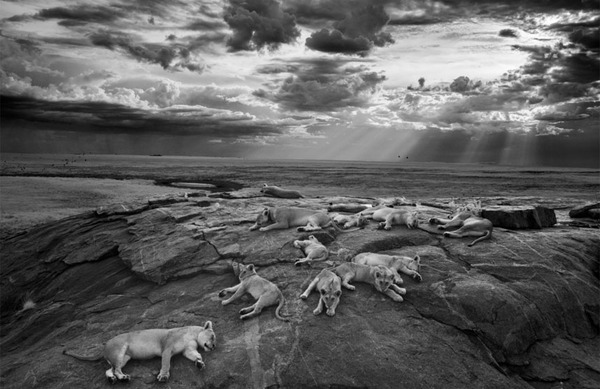
Fig. Michael “Nick” Nichols, Serengeti Park in Tanzania
8-year-old Carlos Perez Naval received the award in the category of up to 10 years of age and the title of “Young Wildlife Photographer of the Year 2014″. Pictured captured the scorpion in the sun near his hometown in Spain.
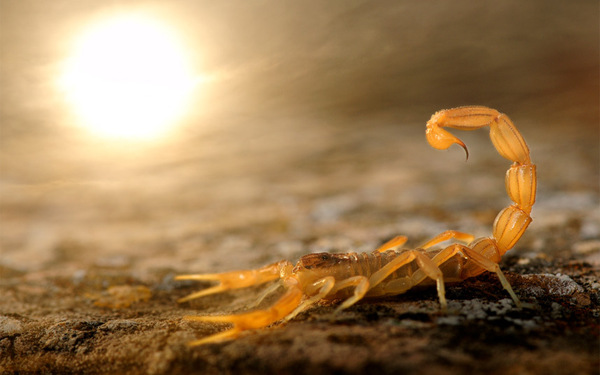
Fig. Carlos Perez Naval
Will Jenkins won in the category of youth 11 to 14 years of age. The award-winning photo was created during a family vacation in Costa Rica. “I decided to open the iris of the lens firmly to focus full attention on the eyes iguanas, my green dragon” – says the author.

Fig. Will Jenkins
Anton Lilja received the award in the category of youth 15 to 17 years of age. Photographed frogs that inhabited flooded gravel pit near his home in Västerbotten, Sweden. “I was lying on the shore, at eye level I surface of the water, fascinated me the light reflecting off the eggs of frogs and water, which vibrate on their movements. For a while I experimented with flash, until I achieved the desired effect,” – says the photographer.

Fig. Anton Lilja
Finalist category of youth 15 to 17 years of age when you go skiing with his family in northern Sweden discovered Siberian jays favorite treats: cheese and sausage. Every time when the family stopped for lunch Edwin Sahlin indulged in photographing birds encouraging them to pose by their delicacies.

Fig. Edwin Sahlin
winner in the category “Birds” Bence Máté had an idea for a picture, planned to use both artificial and natural light to perform night-heron portrait – he wanted to both herons and the stars were the center of attention. It took 74 days before the conditions were adequate. The area of the lake odijała stars, and the sky was clear and still. Shortly after midnight, seven stars (part of the constellation Ursa Major) were in place above the glow of the lights of a distant city.
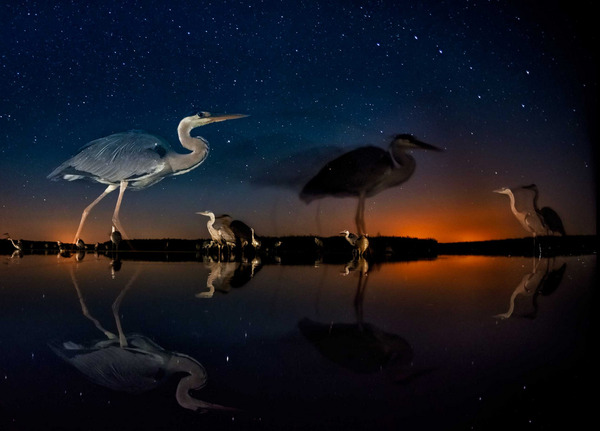
Fig. Bence Máté
Destination Jan van der Greef to Ecuador was photographing mieczodziobka, which has a characteristic long beak measuring approx. 11 cm, with a body length of 14 cm tail. “One of the mieczodzibków drew my attention – every day defeated the same flight path through the forest to their favorites. During the flight violated the territory elfików wstęgoszyinych, but did not fill him with fear, is an extremely courageous and pugnacious individual” – says the photographer.

Photo. Jan van der Greef
Young family of squid specimen was 20 meters under water and measured only 3 inches long. “They are very sensitive to light and movement, first concentrated on this to yourself to hang motionless in the depths, and then with a minimum amount of light I set the camera at the end of the lamp freed.” – Says Fabien Michenet

Fig. Fabien Michenet
Winner of the category “Environment” Francisco Negroni image created during the eruption of the Puyehue Cordon volcanic complex CAULLE in Chile. Captured the rare event of lightning in the clouds of ash and gases formed during volcanic eruptions.
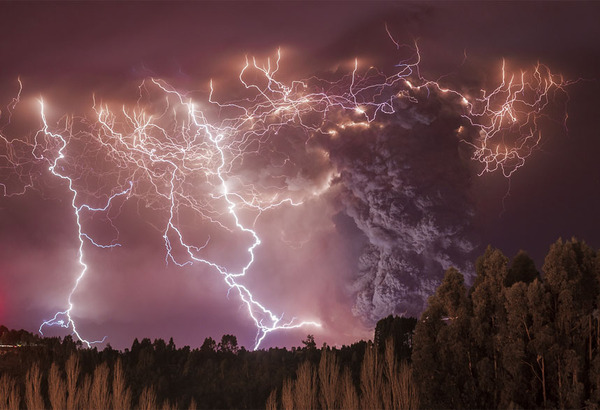
Fig. Francisco Negroni
Advertising />
Bruno D’Amicis of wyciężył in the category “The World in our hands.” In the picture we see the rate of teenage girl from a village in southern Tunisia, which offers for sale a three-month fenek – a predatory mammal of the Canidae family. Catching and killing wild fenneków in Tunisia is illegal, but very commonplace.
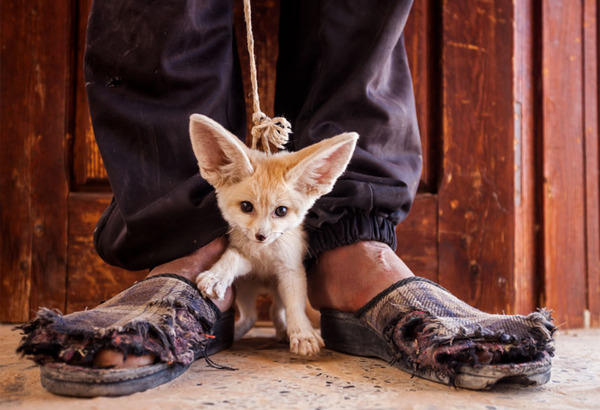
Fig. Bruno D’Amicis
“I was deeply shocked shark fishing. Great white shark are amazing, graceful and very intelligent. It was such a sad scene, I changed the image to black and white. Such surface lures can stretch for miles and causes the death of tens of thousands of animals every year, many of these are endangered species “- says Rodrigo Friscione Wyssmann

Fig. Rodrigo Friscione Wyssmann
No comments:
Post a Comment